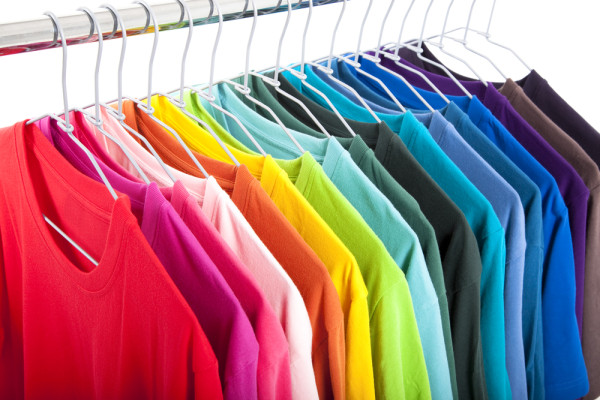The fashion industry is dynamic and is heavily influenced by trends, consumer preferences, and cultural shifts. Companies that can adapt quickly to changing trends and consumer behavior are more likely to succeed in this industry.
The fashion industry can be divided into four levels: raw materials, manufacturing, wholesale and retail distribution, and marketing, promotion, and public relations.
Primary Production of Raw Materials
The production of raw materials is the first level of the fashion industry. This level involves the cultivation of natural fibers such as cotton, silk, and wool and the production of synthetic materials like polyester and nylon. The raw materials used in the fashion industry come from various sources and require specific processes to transform them into fabrics suitable for clothing and accessories.
For example, cotton is grown in warm climates and requires careful management to ensure high yields and quality fiber. The production of synthetic materials involves the use of chemical processes to create fibers. These materials are widely used in the fashion industry because they are versatile, durable, and cost-effective.
The fashion industry is one of the largest polluters in the world, and the production of raw materials has a significant impact on the environment. Companies focus on reducing their environmental footprint by using sheet set sustainable materials and implementing ethical practices in their supply chains.

Secondary Manufacturing of Apparel and Accessories
The secondary level involves converting the raw materials produced at the first level into finished products such as clothing and accessories of knitwear pakistan. The manufacturing process includes several stages of design, pattern-making, cutting, sewing, and finishing.

- Design is the first step where the concept of the product is transformed into a sketch or a technical drawing.
- Pattern-making is the next step, where the designer creates a pattern for the garment or accessory. The pattern serves as a blueprint for the production process and includes all the necessary measurements and details.
- Cutting is the process of cutting the fabric according to the pattern and ensuring that each piece of fabric is cut correctly.
- Sewing is the stage where the garment or accessory is assembled. Skilled workers use sewing machines to join the different pieces of fabric together, and this stage requires attention to detail to ensure that the finished product is of high quality.
- Finishing is the final stage of the manufacturing process, where the product is inspected for quality and any necessary adjustments or alterations are made. Finishing also includes adding labels, buttons, zippers, or other accessories to the product.
Technology advancements have significantly impacted the manufacturing process, with many companies using CAD and CAM software to automate and streamline the process. This has led to increased efficiency and reduced production costs.
Retail: Wholesale and Retail Distribution of Fashion Products
The third level of the fashion industry is the wholesale and retail distribution of fashion products. It involves the distribution and sale of finished fashion products to consumers through various channels.
- Wholesale distribution involves selling large quantities of products to retailers. The wholesalers often work with multiple t shirt manufacturer to offer a wide range of products to retailers.
- Retail distribution involves selling products directly to consumers through various channels such as physical stores, online stores, and mobile applications.
Department stores offer a wide range of brands and products under one roof. Boutiques are specialized stores that focus on a particular style or niche market. Online retailers allow consumers to shop for knitwear manufacturers in pakistan products from the comfort of their own homes.
The success of the wholesale and retail distribution levels depends on the quality and price of the products, the efficiency of the distribution network, and the effectiveness of marketing and promotional activities.
Auxiliary: Marketing, Promotion, and Public Relations
This level is responsible for brand awareness and building a positive image of the company among consumers.
- Marketing involves creating and executing strategies to promote fashion products to target consumers. The marketing team uses various channels and sponsorships for brand awareness.
- Promotion involves offering discounts, deals, and other incentives to encourage consumers to purchase the products. It includes seasonal sales, loyalty programs, and collaborations with influencers and celebrities.
- Public relations (PR) involve managing the company’s image and reputation among consumers, the media, and other stakeholders. The PR team works to build positive relationships to ensure that the company’s image is positive and consistent.
Fashion companies often use a combination of marketing, promotion, and PR strategies to achieve their goals. For example, a company may use a celebrity endorsement to promote a new product or offer a limited-time discount to encourage purchase.
Conclusion
In conclusion, marketing, promotion, and PR are crucial parts of the fashion industry that play a critical role in creating brand awareness, generating interest in flat sheet products, and building a positive image of the company among consumers.
The success of each level depends on several factors, such as the quality of the materials, the efficiency of the manufacturing processes, the effectiveness of the distribution network, and the ability to create effective marketing and promotional strategies.



